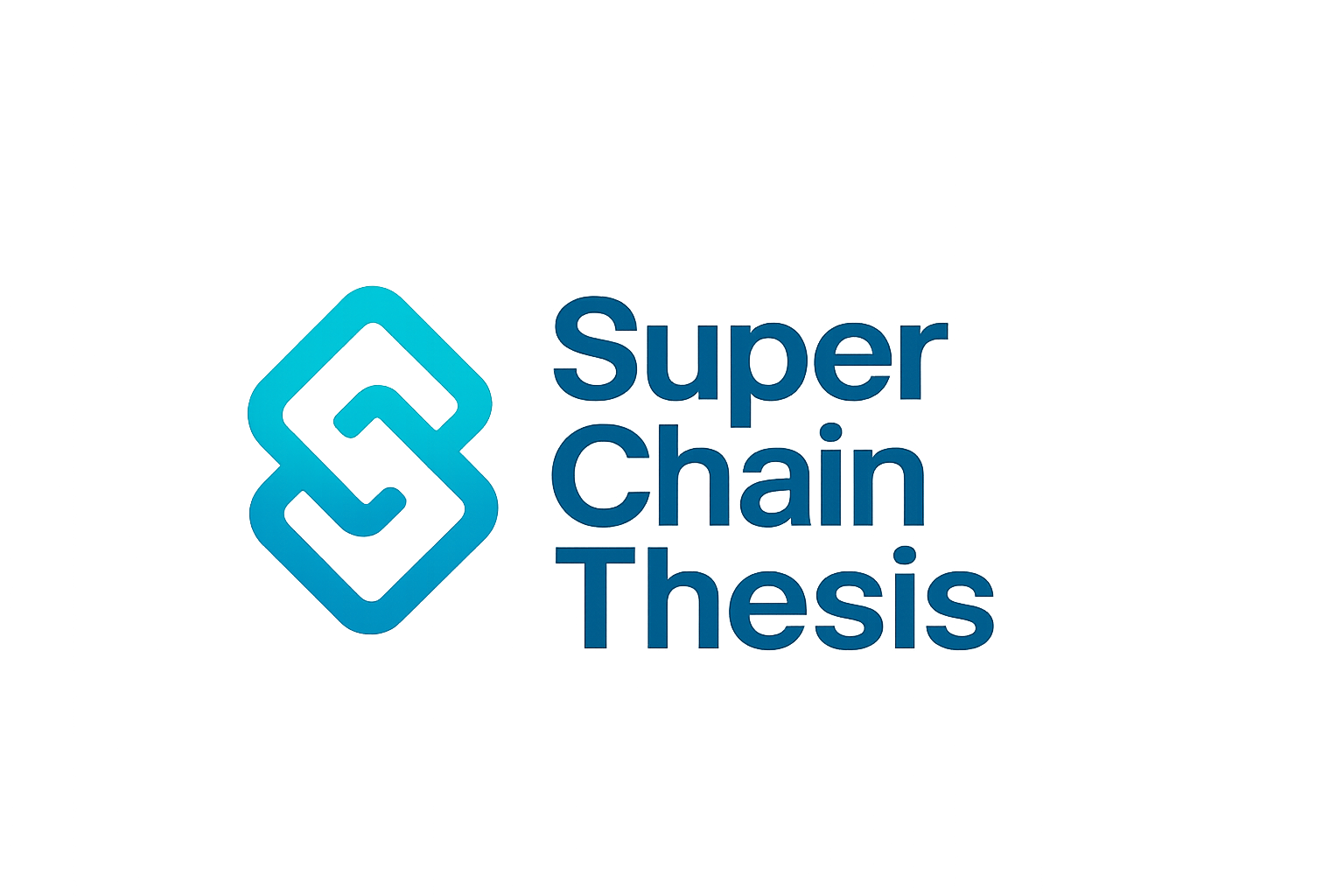
Ethereum’s rollup-centric roadmap has supercharged blockchain scalability, but it’s the OP Stack that is quietly redefining how Layer 2s talk to each other. If you’ve ever wondered how we’ll get from a fragmented L2 landscape to a unified, frictionless user experience, keep reading. The OP Stack’s approach to interoperability isn’t just technical wizardry – it’s the backbone of the emerging Superchain, where cross-chain composability and shared liquidity become standard, not science fiction.

Why Interoperability Matters in a Multi-Rollup World
Rollups have delivered on their promise of scaling Ethereum by batching transactions off-chain and settling proofs back on L1. But as more OP Stack chains (OP Chains) spin up, siloed liquidity and fragmented dapp ecosystems threaten user experience and capital efficiency. Interoperability solves this by letting applications and assets flow seamlessly between rollups.
The stakes are massive: imagine swapping tokens or interacting with DeFi protocols across multiple OP Chains without bridging delays or security headaches. That’s what OP Stack interoperability aims to unlock, using Ethereum as a trust anchor while enabling fast, near-native communication between chains.
The Core Mechanisms: How OP Stack Powers Cross-Chain Communication
The magic sauce is native cross-chain messaging. Here’s how it works:
Key Features of OP Stack Interoperability
-
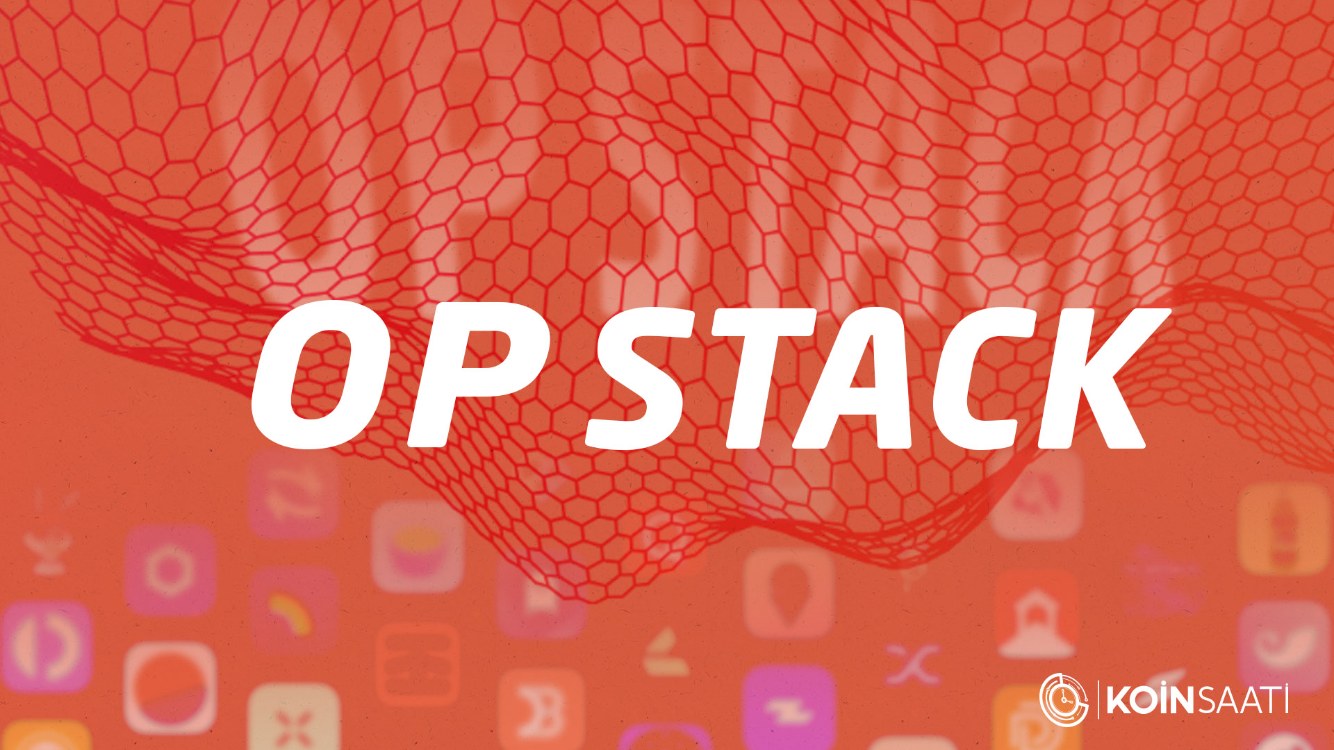
Native Cross-Chain Messaging: OP Stack enables direct communication between OP Chains through a two-step message process, reducing reliance on Ethereum L1 and minimizing latency for cross-chain transactions.
-
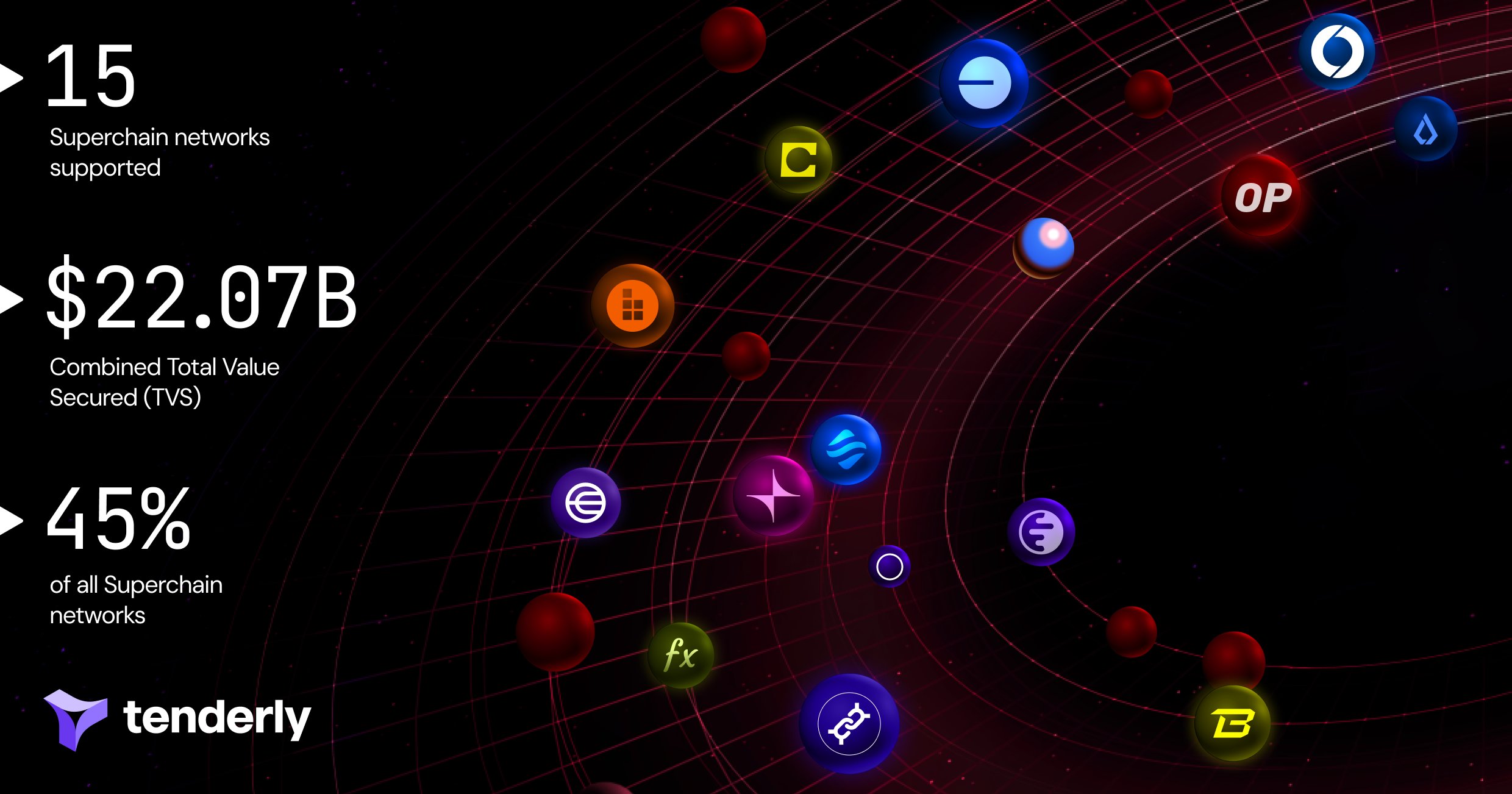
Superchain Architecture: The OP Stack powers the Optimism Superchain—a network of standardized, interoperable OP Chains that share security and protocols, allowing applications to operate seamlessly across multiple rollups.
-
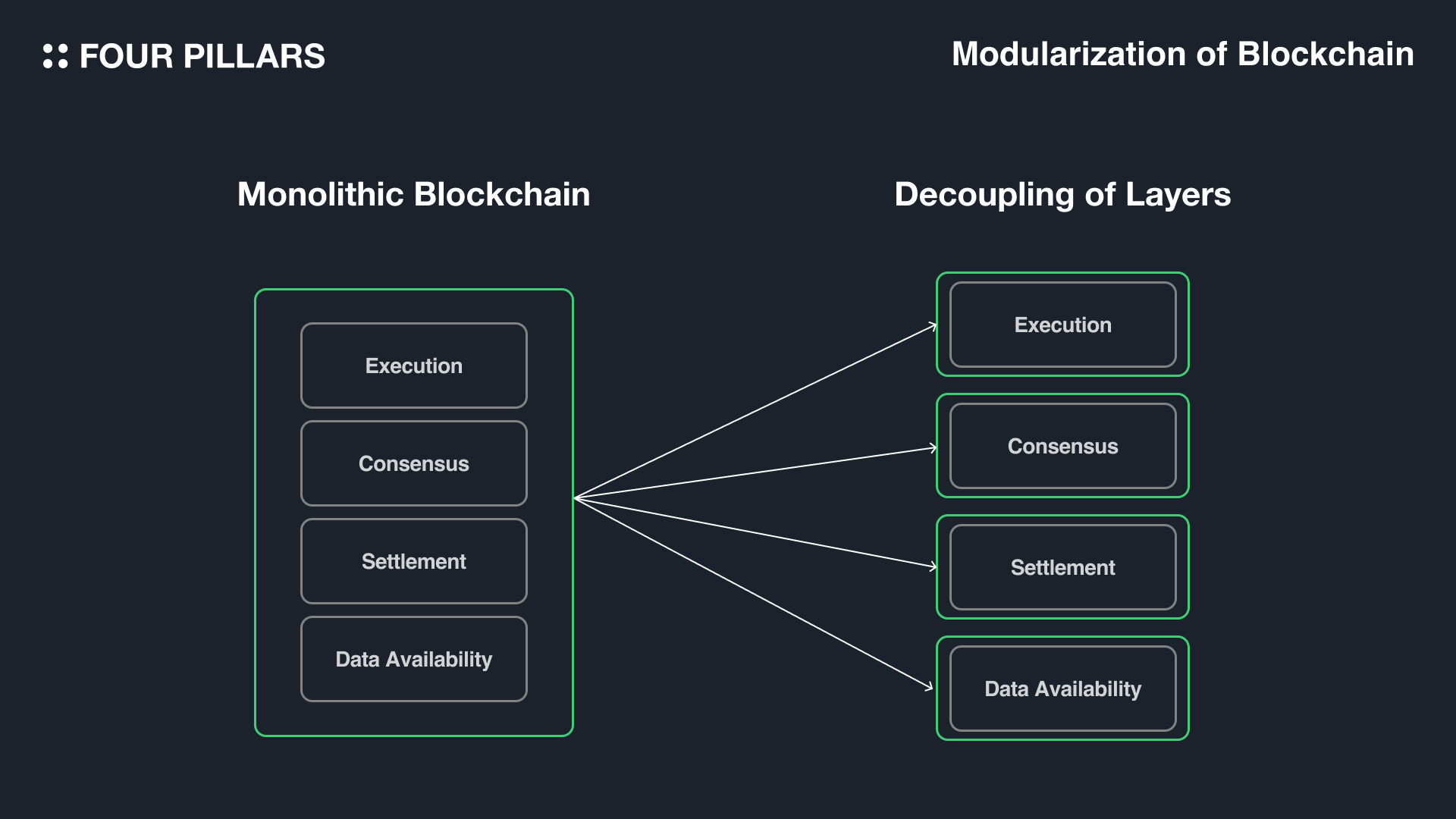
Modular Design: Developers can customize execution environments and data availability layers, making it easy to integrate new technologies and protocols for enhanced cross-chain compatibility.
-
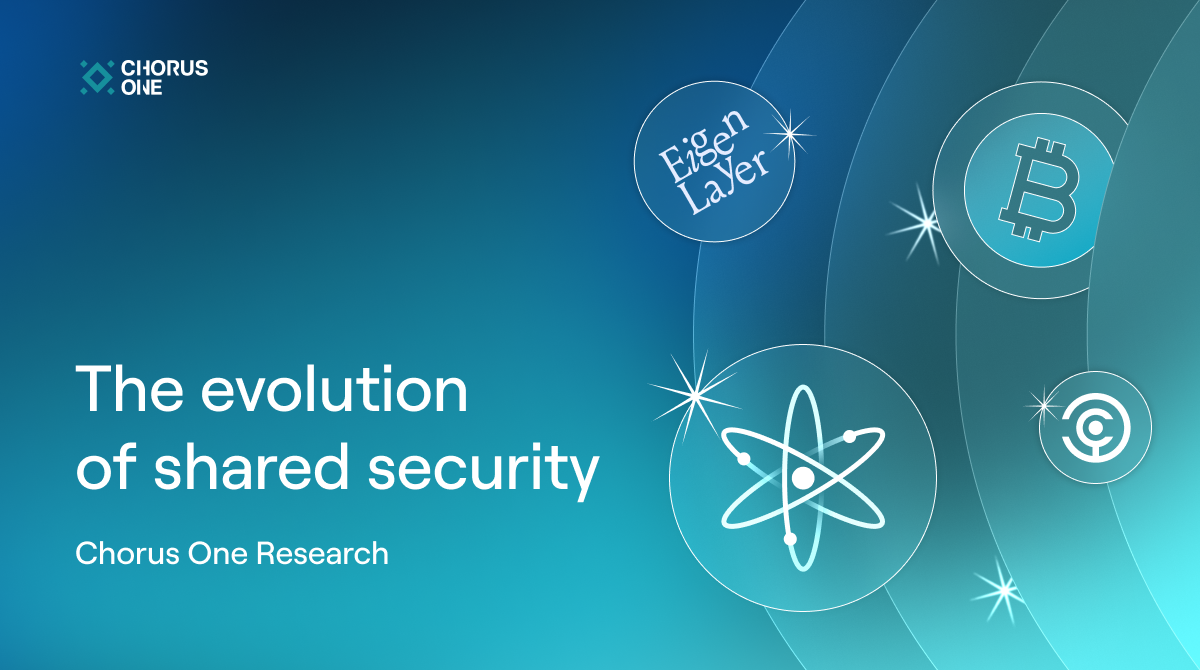
Shared Security Model: All OP Chains leverage Ethereum’s robust security, ensuring consistent trust and safety across interconnected rollups within the Superchain.
-

Unified User Experience: Users can interact with dApps across various OP Chains without friction, thanks to standardized communication and interoperability protocols.
Instead of routing every message through Ethereum mainnet (which adds cost and latency), the OP Stack allows direct messaging between OP Chains via a two-step process:
- Initiate Message: The source chain emits an event signaling intent.
- Execute Message: The destination chain validates and processes the message based on shared security assumptions.
This design slashes transaction times for cross-rollup operations and keeps fees low – crucial for both retail users and high-frequency DeFi protocols. By leveraging Ethereum as the ultimate judge in case of disputes or fraud proofs, trust is preserved without sacrificing speed.
The Superchain Vision: Shared Security, Liquidity, and User Experience
The Superchain isn’t just marketing hype – it’s a modular architecture where every OP Chain shares core infrastructure: security models, communication protocols, even developer tooling. This means any app deployed on one OP Chain can be easily ported or composed across others with minimal friction.
Key benefits include:
- Unified liquidity pools: No more fractured markets across different rollups.
- Simplified UX for users: Move assets or interact with apps across chains as if they’re all one network.
- Ecosystem-wide composability: Developers can build specialized chains (gaming, DeFi, enterprise) that still plug into the broader Superchain fabric.
The Modular Advantage: Customization Without Compromise
The genius of the OP Stack is its modularity. Developers can swap out execution environments or data availability layers to optimize for specific use cases while still adhering to interoperability standards. This flexibility has already attracted DeFi powerhouses and enterprise players looking for EVM-equivalent scaling solutions without vendor lock-in (source).
As the Superchain gains momentum, the lines between individual OP Chains begin to blur. Interoperability isn’t just a technical feature, it’s a catalyst for network effects and exponential liquidity growth. When assets and users move frictionlessly, the entire ecosystem benefits from deeper markets, faster settlement, and more robust dapp composability. This is where the OP Stack’s approach outpaces legacy bridge solutions and custom rollup frameworks, both in user experience and security guarantees.
“The ability to compose protocols across OP Chains with minimal latency is a game-changer for DeFi. We’re already seeing new primitives emerge that simply weren’t possible before. “
Real-World Impact: How Developers and Users Win
Let’s break down what OP Stack interoperability means on the ground:
Real-World OP Stack Interoperability in DeFi, Gaming & NFTs
-
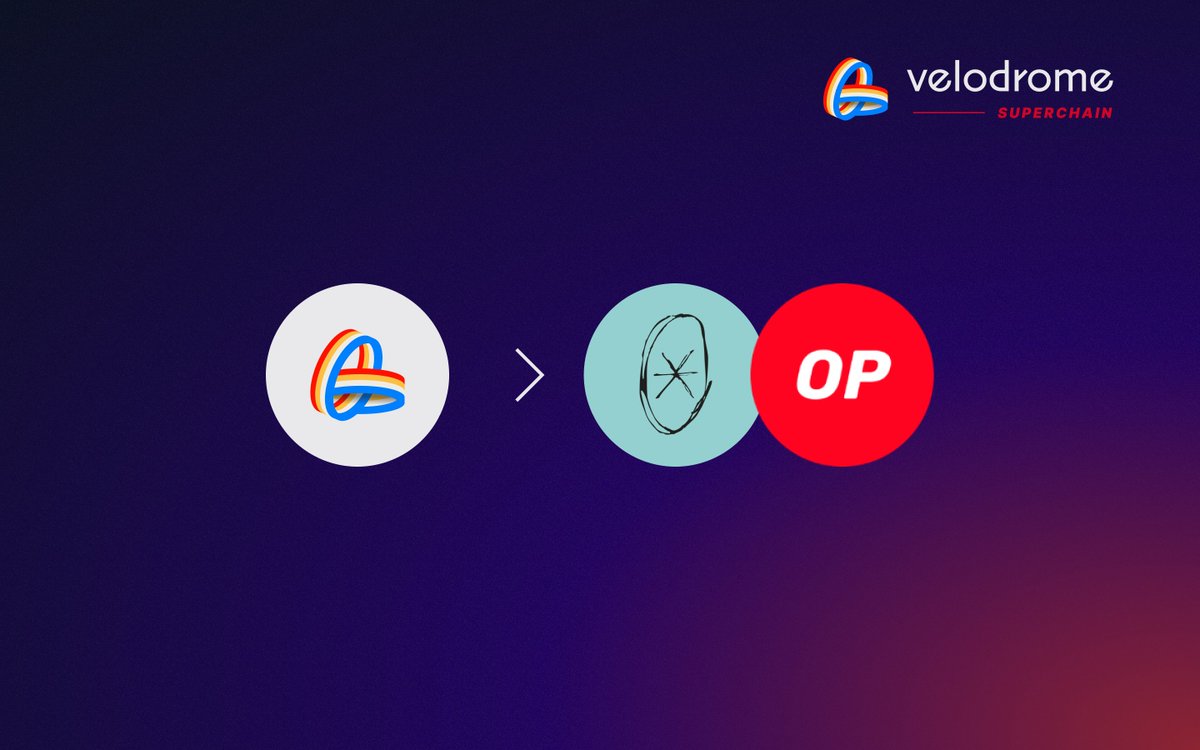
Velodrome x Base DeFi Liquidity: Velodrome, a leading DEX on OP Mainnet, enables seamless liquidity migration and yield strategies across OP Mainnet and Base using OP Stack’s cross-chain messaging. Users can move assets and participate in DeFi protocols on both chains with minimal friction.
-
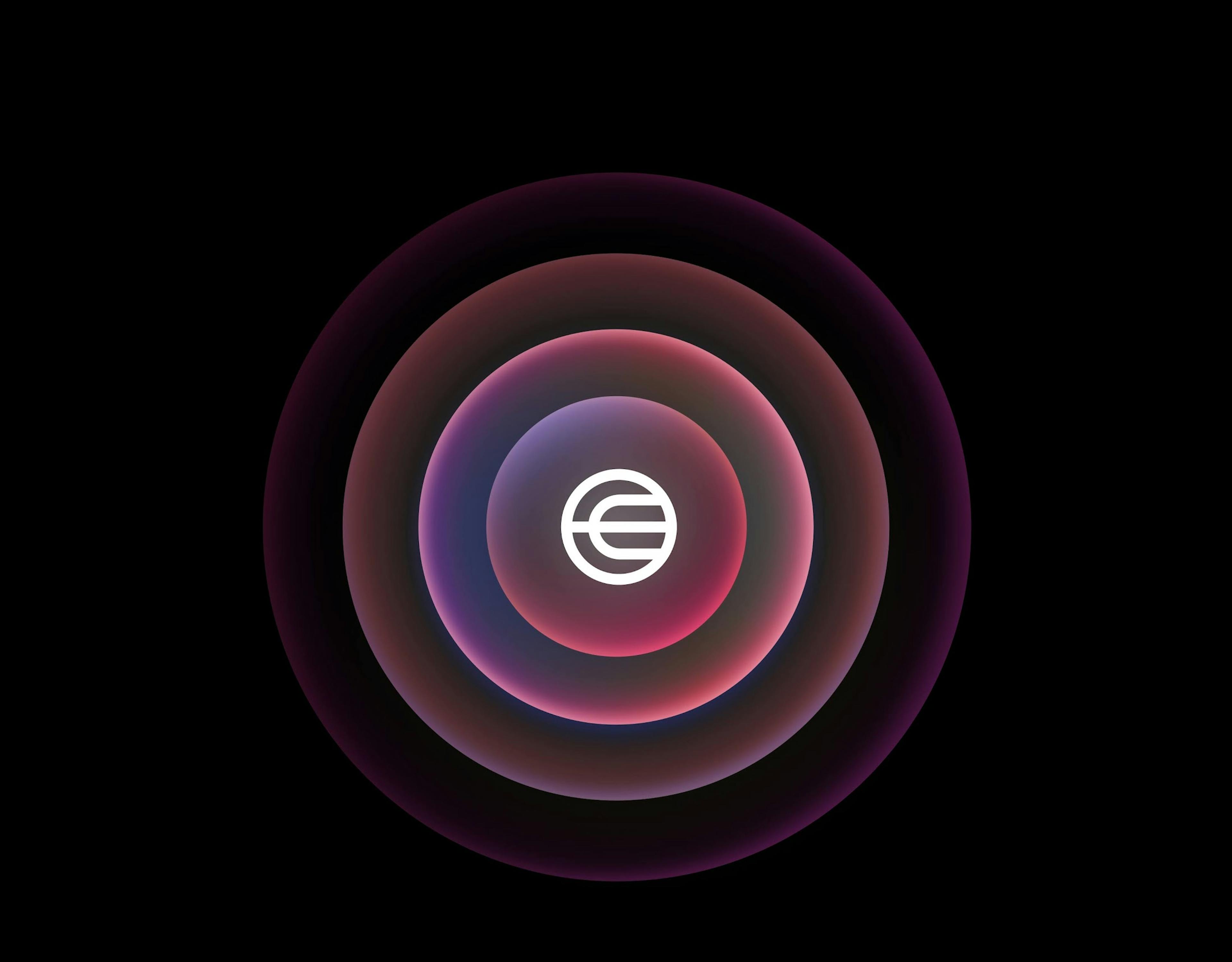
Worldcoin Passport on Multiple OP Chains: Worldcoin leverages OP Stack interoperability to allow its World ID and Passport to function across OP Mainnet and other OP Chains, ensuring users have a unified decentralized identity for DeFi, gaming, and NFT platforms within the Superchain.
-
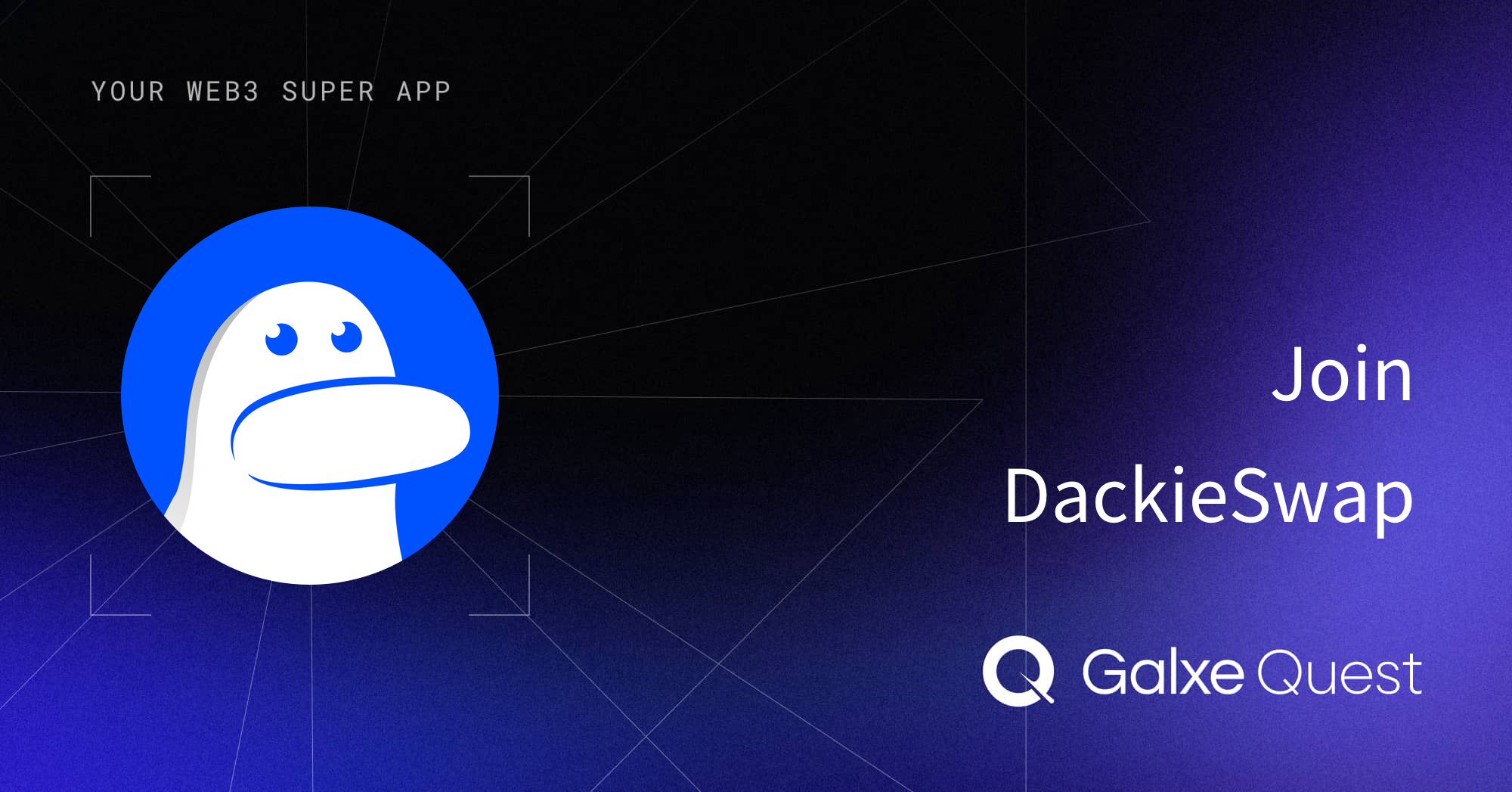
Galxe Quests Across the Superchain: Galxe, a popular Web3 credential platform, utilizes OP Stack’s Superchain architecture to offer NFT quests and rewards that span multiple OP Chains, letting users earn and showcase achievements regardless of the underlying chain.
-
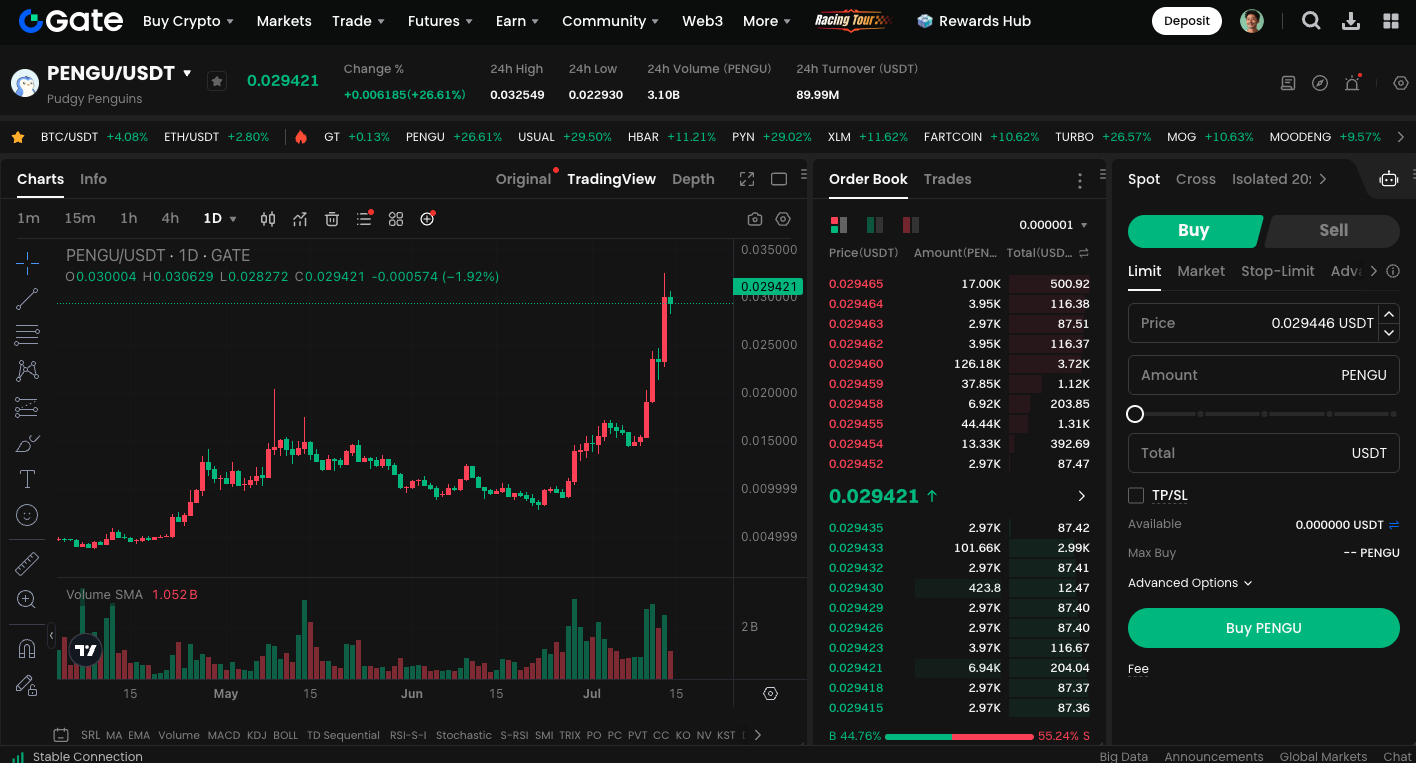
LayerZero-Powered NFT Transfers: Projects like Pudgy Penguins have enabled NFT bridging between OP Mainnet and Base using LayerZero’s messaging protocol, built atop OP Stack’s interoperability features, allowing users to move NFTs and participate in cross-chain gaming and collectibles ecosystems.
-
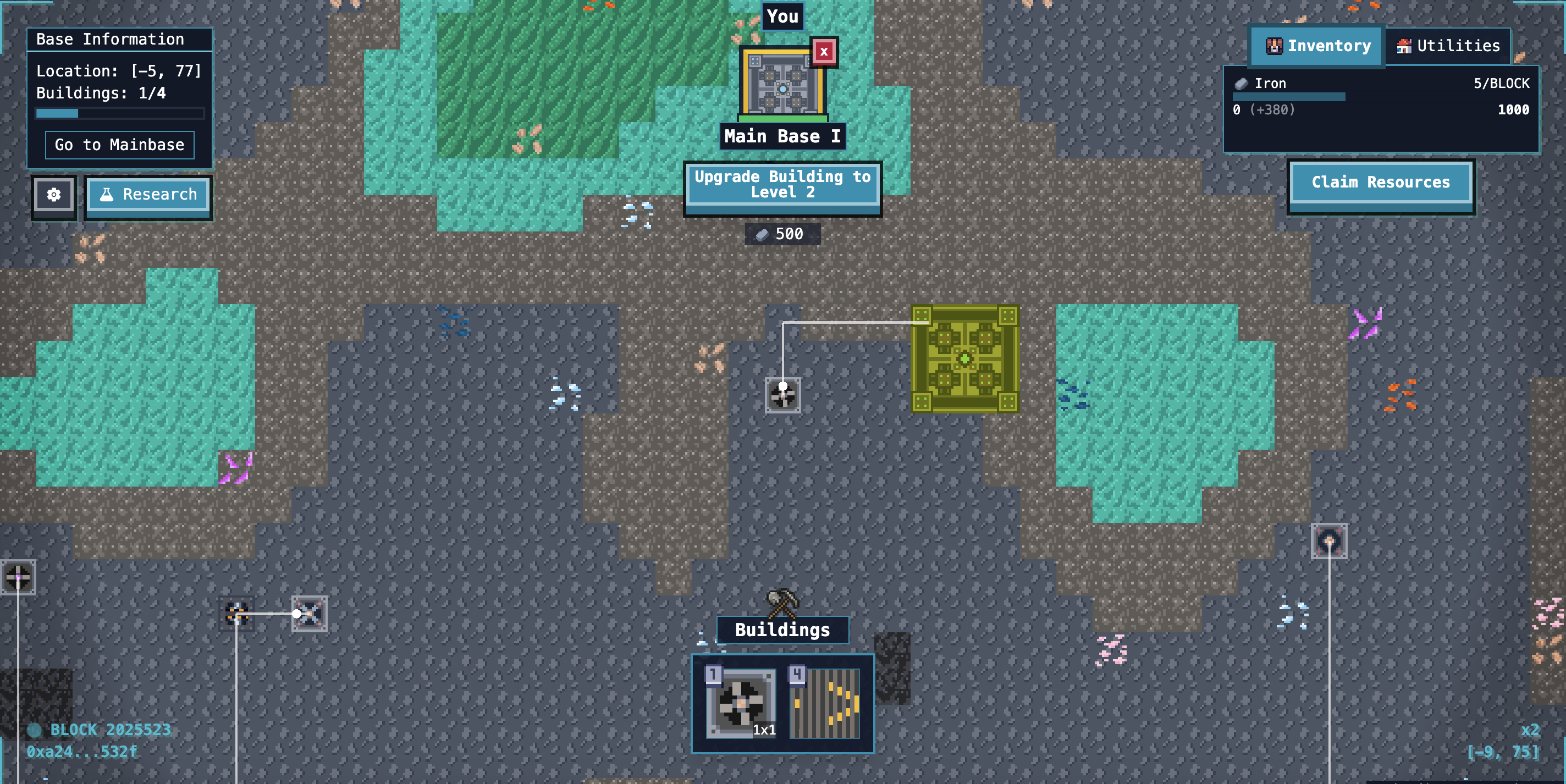
Superchain Gaming with Lattice and Redstone: Lattice, the gaming infrastructure studio, is building interoperable onchain games on OP Stack rollups like Redstone, allowing assets, achievements, and player data to move fluidly between gaming OP Chains.
For developers, the modular design means they can launch application-specific chains, like high-throughput gaming L2s or compliance-focused enterprise rollups, while still tapping into Superchain-wide liquidity and infrastructure. For users, it translates to a single wallet experience across multiple chains with no need to manually bridge tokens or switch networks.
This paradigm shift is already attracting major projects. We’re seeing DEXs enabling cross-rollup swaps in seconds, NFT marketplaces bridging collections across chains without fragmentation, and enterprise pilots leveraging shared security for regulatory compliance, all thanks to the OP Stack’s standardized architecture.
Looking Ahead: The Next Phase of Multi-Rollup Architecture
The future isn’t just about scaling Ethereum, it’s about creating an internet of blockchains where value can move as freely as data does today. The Superchain vision positions OP Stack at the heart of this evolution, setting a precedent for trust-minimized communication and shared liquidity at scale.
Expect rapid innovation around:
- Superchain shared liquidity: Protocols pooling assets across all connected OP Chains for deeper markets.
- Cross-chain composability: DeFi legos spanning multiple rollups without custom bridges or wrappers.
- User-centric tooling: Wallets and explorers that treat the Superchain as one seamless network.
The bottom line? As more developers choose the OP Stack for its blend of modularity, EVM-equivalence, and built-in interoperability, we’re witnessing the birth of an ecosystem where blockchain scalability solutions are not just fast, they’re finally unified. The era of fragmented L2s is ending. The age of Superchain synergy has begun.
